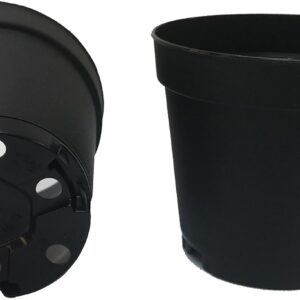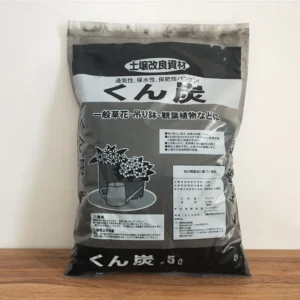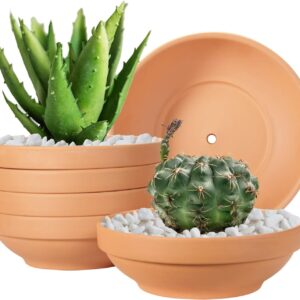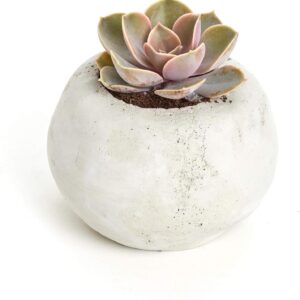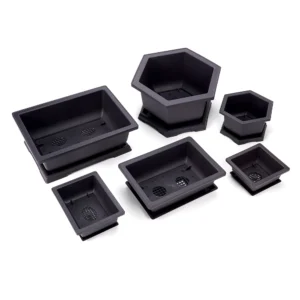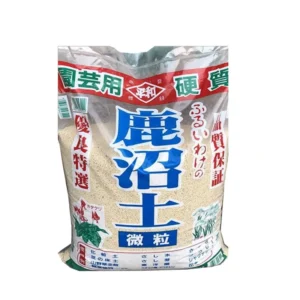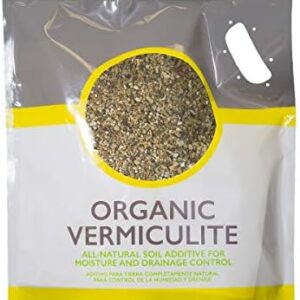Growing Lithops and Conophytum from Seed: A Step-by-Step Guide
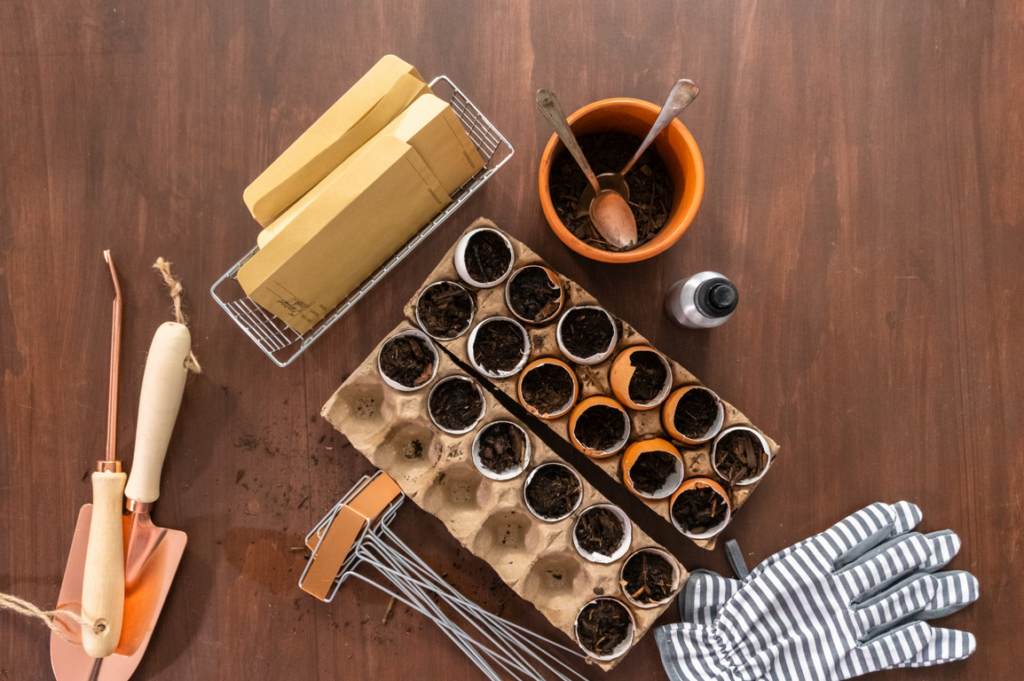
The seed sowing process requires patience and careful attention. But with the right method, you'll be rewarded with thriving Lithops plants in just a few short months. Here is a step-by-step guide to growing Lithops from seed:
Things you'll need
Potting Soil :
Use a fast-draining, sterilized mix suitable for succulents. I’ve developed my own secret recipe over years of growing Lithops and Conophytum that yields excellent results. You can find the detailed instructions for our customized soil mix in [this post]
Planters :
For seeds, use shallow nursery pots or seedling trays with drainage holes that are around 5-7cm (2-2.7″) tall to allow the soil mix to dry faster. Lithops require well-draining soil that doesn’t stay wet.
Bottom Tray :
Use a bottom tray to catch excess water draining from the nursery pots or seedling trays. This prevents saturation of the roots. I recommend looking for bottom trays with ridges, as the ridges allow water to pool at the bottom without sitting directly under the pots. This helps protect surfaces from potential water damage during drainage.
Humidity Control :
seeds require high humidity to successfully germinate as they are small and prone to drying out. A humidity dome, plastic bag, or ziplock bag creates a humid microclimate around the seeds to prevent desiccation before sprouting. This allows the seeds to absorb water and break out of dormancy.
Soil Amendments:
Incorporate soil amendments like akadama into the media to improve water retention and drainage. Use a small granule size of 5mm or less for seeds and seedlings.
Plant Lights : (optional)
Seedlings and young plants benefit from supplemental lighting if grown indoors. A simple grow light will provide the proper spectrum if natural light levels are low. This ensures the plants receive enough photosynthesis-supporting light to thrive.
Plant Labels : (optional)
Plant labels are useful for lithops since there are numerous similar-looking species and keeping track can be difficult without them. I personally use labels to note the sowing date, which allows me to monitor growth progress. This helps prevent confusion between varieties as the seedlings develop.
1. Sterilize EVERYTHING
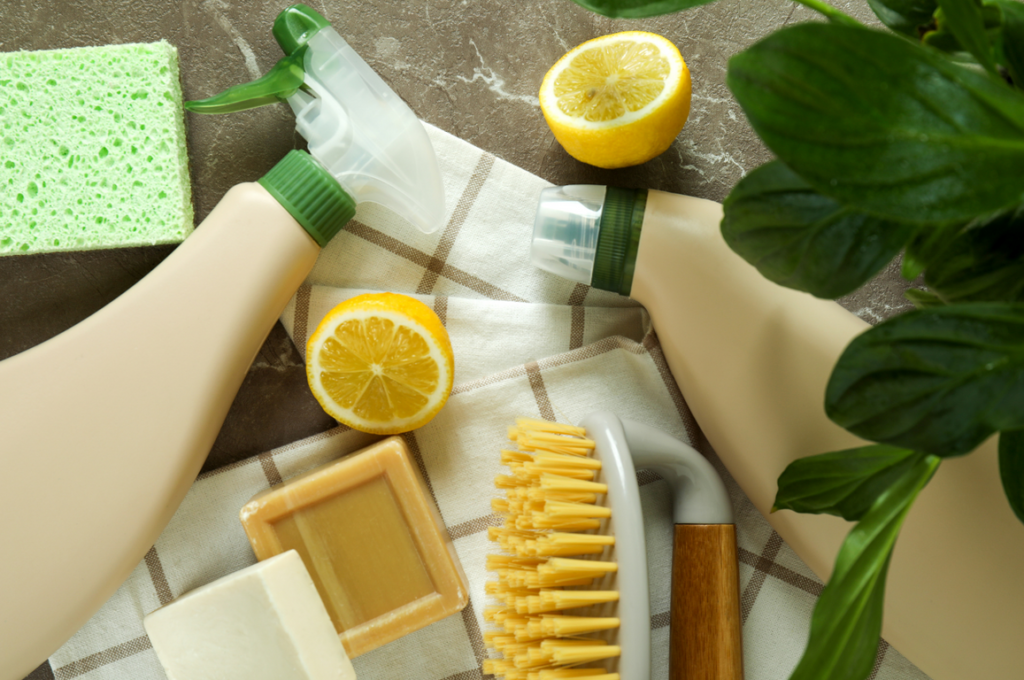
Sterilize everything before starting. This includes pots, trays, tools and potting mix to avoid diseases affecting your seeds and seedlings. Sterilize the soil by microwaving it for 3+ minutes or baking it in a 350°F oven for 50 minutes to kill any pathogens.
2. Prepare your plant containers
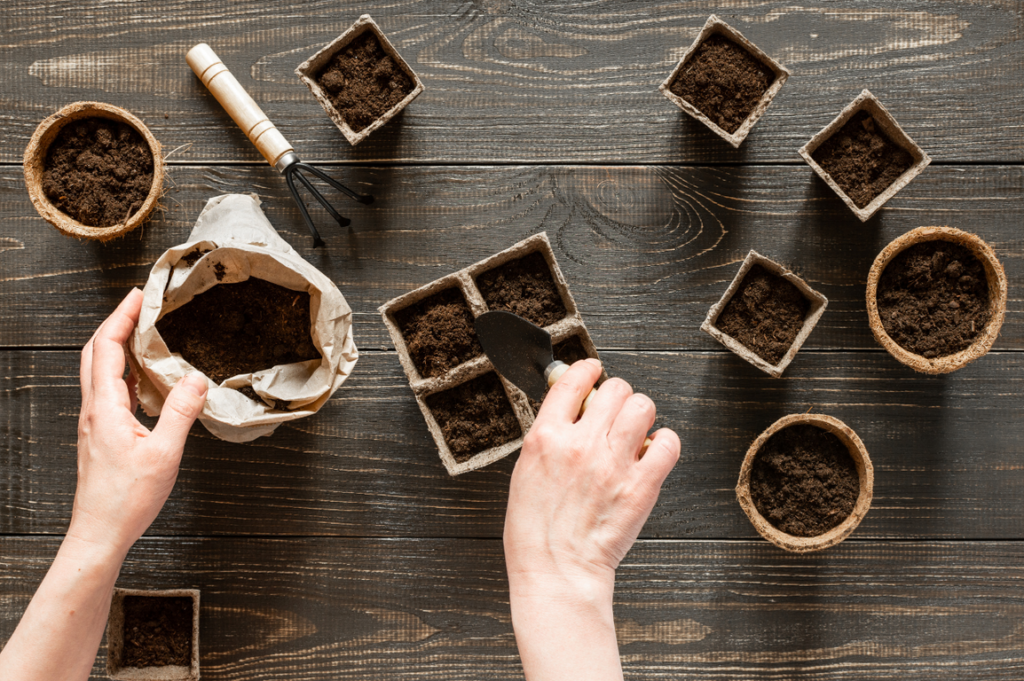
For seeds, I use small 1-1.5 inch deep pots or seed trays. Fill them with sterile potting mix, leaving 1/2 inch from the top. Firm the soil gently.
3. Add a Top Layer
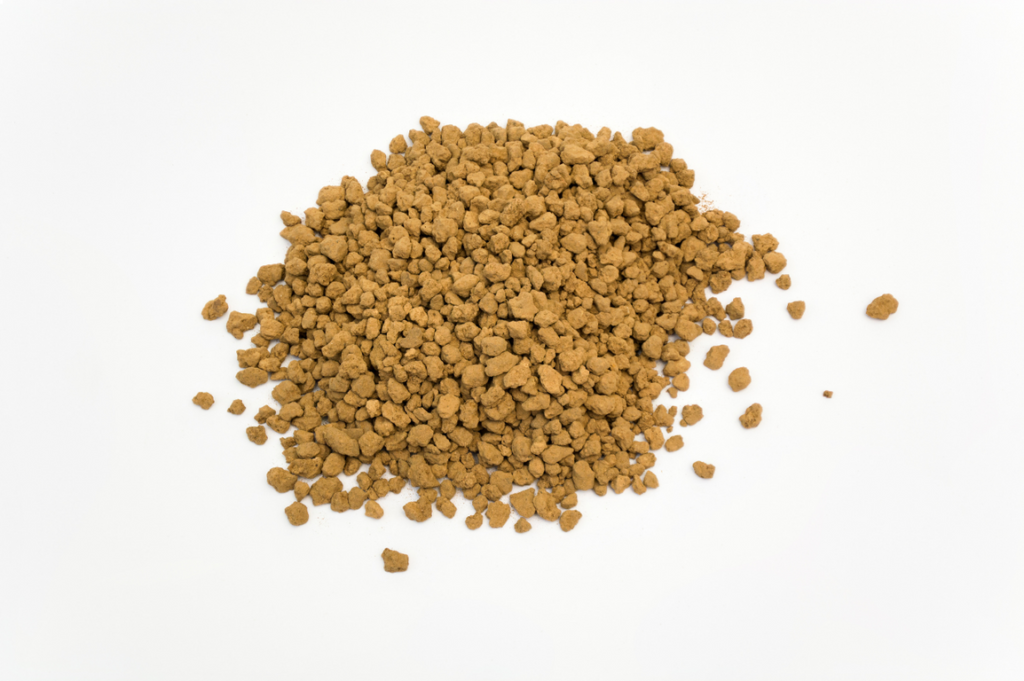
Disperse a thin layer of akadama over the soil for moisture control.
4. Sow the Seeds
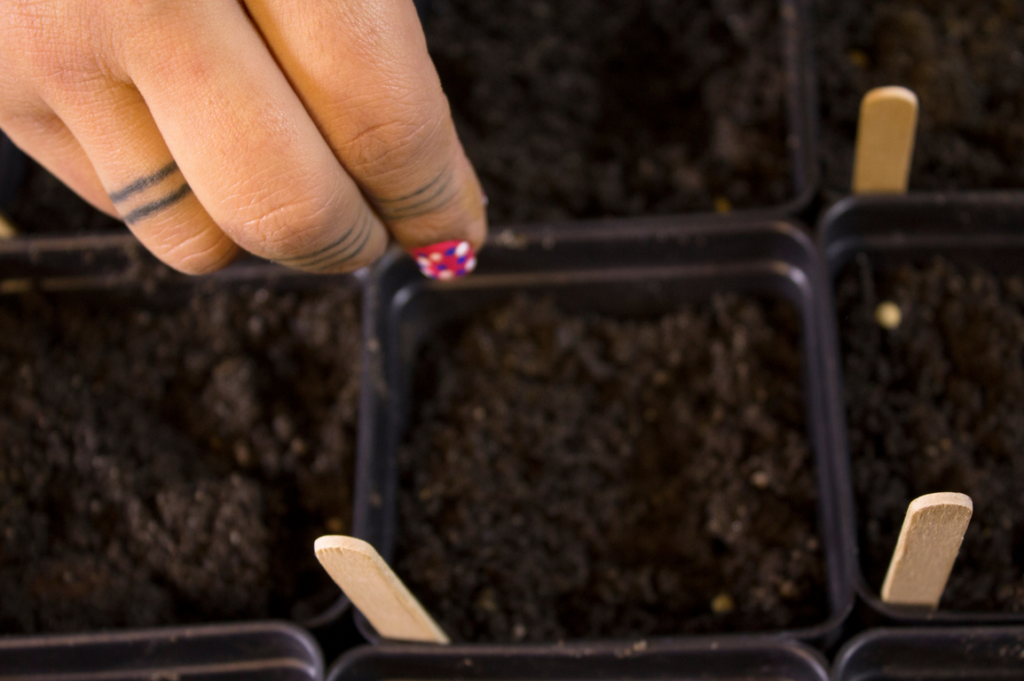
Sow the seeds sparsely and evenly over the surface. Lithops and Conophytum seeds are tiny, so 50-100 per 3x3 inch tray is sufficient.
5. Water Gently

Water gently with boiled cooled water to avoid microbial issues. Place a paper towel on top of the soil and pour slowly so the seeds aren't disturbed.
5. Maintain Humidity
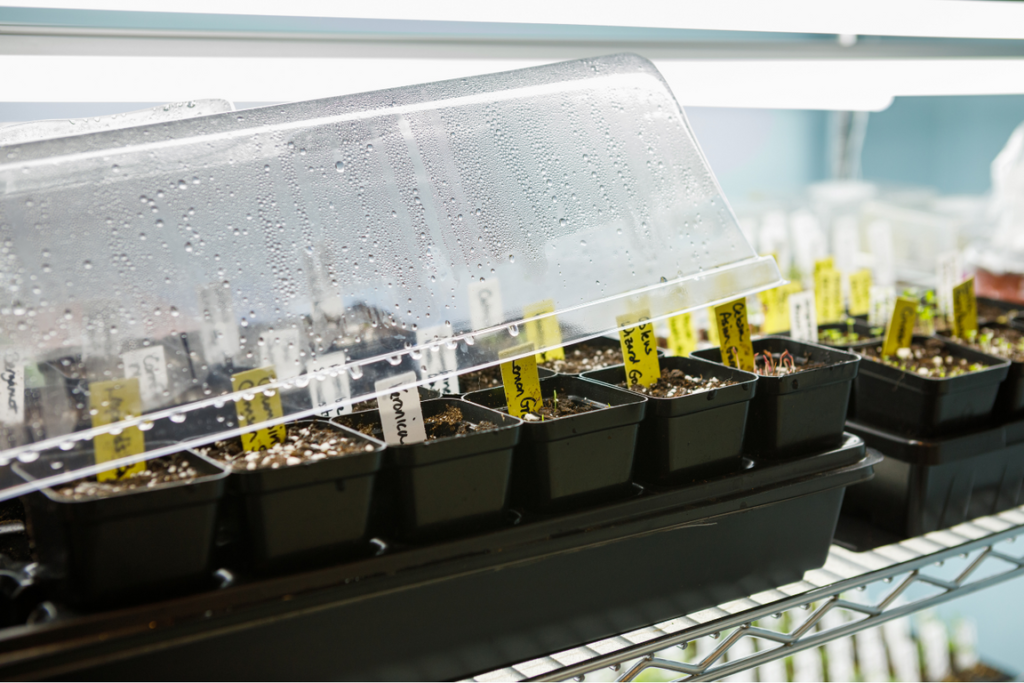
Cover the containers with a transparent bag or dome to maintain humidity. Place in a warm spot with indirect light.
5. Nurture the Seedlings
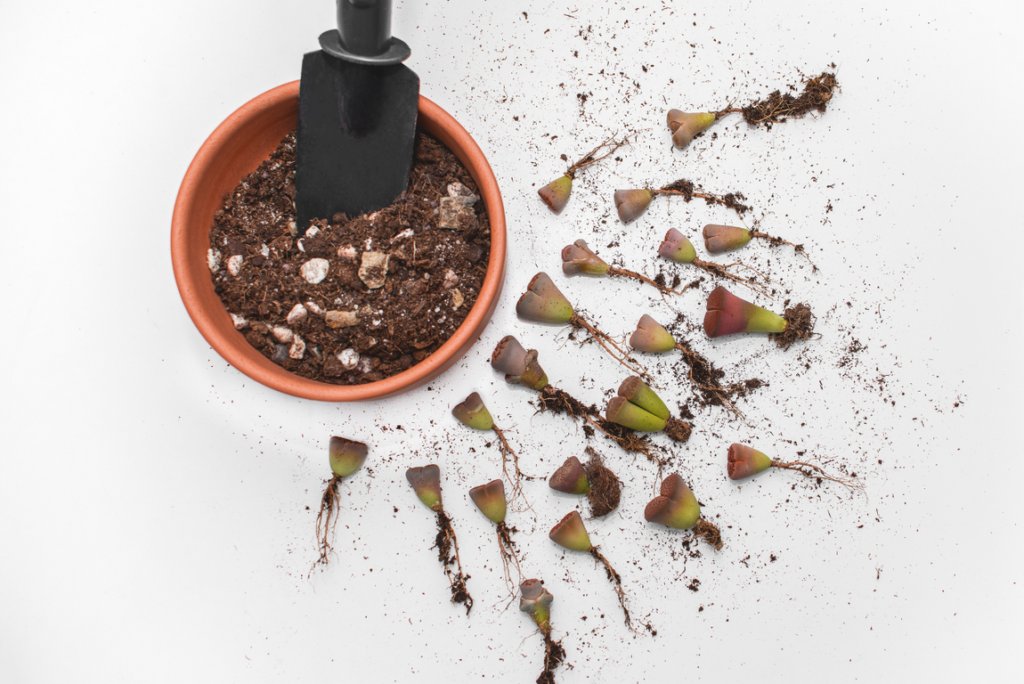
Grow the plants under grow lights if possible, keeping soil lightly moist. Transplant when large enough in 8-12 months.

This is the heading
Lorem ipsum dolor sit amet, consectetur adipiscing elit. Ut elit tellus, luctus nec ullamcorper mattis, pulvinar dapibus leo.

This is the heading
Lorem ipsum dolor sit amet, consectetur adipiscing elit. Ut elit tellus, luctus nec ullamcorper mattis, pulvinar dapibus leo.

This is the heading
Lorem ipsum dolor sit amet, consectetur adipiscing elit. Ut elit tellus, luctus nec ullamcorper mattis, pulvinar dapibus leo.

This is the heading
Lorem ipsum dolor sit amet, consectetur adipiscing elit. Ut elit tellus, luctus nec ullamcorper mattis, pulvinar dapibus leo.

This is the heading
Lorem ipsum dolor sit amet, consectetur adipiscing elit. Ut elit tellus, luctus nec ullamcorper mattis, pulvinar dapibus leo.
-
Japanese Kanuma for Acid Loving Plant, Bonsai Tree Soil Mix
$56.00GRAIN SIZE: SMALL. Particles are approximately from 1.5 mm – 5.0 mm VOLUME: Approx. 17 Liter

